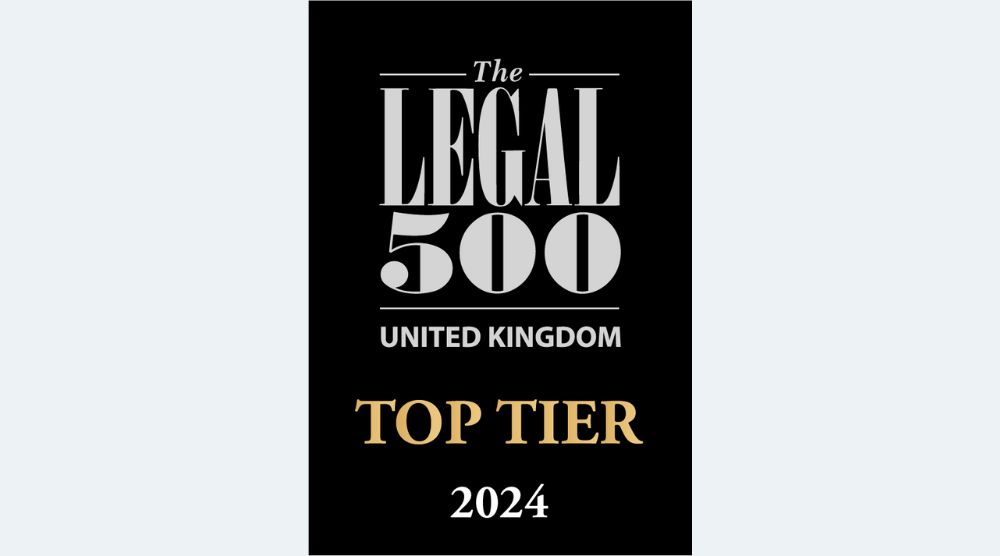Recognised nationally for our marine expertise and our work across ports, harbours and coastal developments.
We advise on all aspects of marine related legal matters for a national and international client base representing ports, harbours, marinas, government agencies, property developers, insurers, banks, shipping companies, fishermen, and other marine businesses.
We regularly advise on marine regulation, including harbour revision, empowerment and closure orders, marine licensing, harbour and pilotage dues, general directions, harbour directions and byelaws (including prosecutions), statutory harbour powers, removal of vessels and wrecks, harbour works licensing, oil pollution claims, other environmental matters, and Maritime Safety - both “MCA” and “HSE”.
We also advise on a wide range of trade and Brexit related matters including commercial Terms and Conditions, the Common Transit Convention, Freeports and the Ports Infrastructure Fund.
We are recognised nationally for our pre-eminent Coastal Development and Marine Licensing expertise and have significant experience advising on number of multi-million-pound coastal developments.
Our marine experience
We are lawyers you can count on to deliver. If you’d like to find out more about our services and whether we can help you, click the button below and get in touch.
Our team will be responsive and accessible – a valued partner ready to assist you every step of the way.
Contact us


We produce a range of insights and publications to help keep our clients up-to-date with legal and sector developments.
Sign up